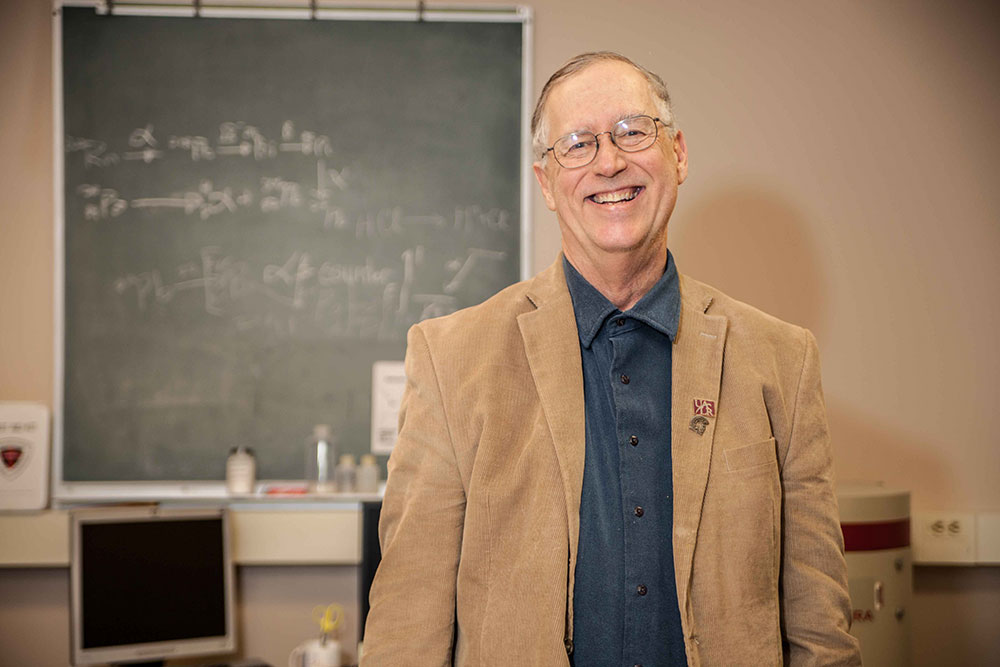Chemistry professor’s work catches eye of National Public Radio
A UALR chemistry professor’s work on aerosols, which was recently published in a special issue of “The Journal of Physical Chemistry A,” grabbed the attention of a National Public Radio blogger who wondered if eating snow was a wise idea.
Dr. Jeffrey S. Gaffney’s research involves new ways to determine organic compounds and their associations with various aerosol particle types.
Examples of large aerosols that exist in nature include geyser steam, fog, and clouds, but fine submicron aerosols can also be taken up into snow, sleet, and hail, which are primarily composed of water.
Using techniques known as Laser Raman Microscopy and Fourier Transform Infrared Spectroscopy, Gaffney and his long-time research colleague, Dr. Nancy Marley, made measurements noting the variety of chemicals in aerosols.
They took samples from the rooftop of the Science Lab Building at UALR and compared them to samples taken in Mexico City.
Some of these chemicals included polycyclic aromatic hydrocarbons, which are characterized by strong absorption onto carbon soot particles.
“These are the same types of aerosols I told NPR get trapped in the ice matrix as snowflakes are created, and then carry them down to the ground from the air,” he said.
“What is interesting is that most of these soot particles are not readily removed by rainfall, but the snow formation process allows them to be removed much more efficiently.”
His contribution to NPR was for “The Salt,” a blog by Anne Bramley, who wondered if snow was dangerous to eat. The blog inquired about snow’s composition in light of recent record amounts of snowfall across the U.S.
“Snow contains various and sundry things depending on where it [comes from],” Gaffney said in the blog, and it might include such elements and compounds as sulphates, nitrates, formaldehyde, or mercury.
Gaffney was invited to submit his work for a special issue of the “Journal of Physical Chemistry A,” honoring Nobel Laureate Dr. Mario Molina, recognized in 1995 for defining links between chlorofluorocarbons and ozone depletion in the stratosphere.
He is chair and professor in the UALR College of Arts, Letters, and Sciences Department of Chemistry.
